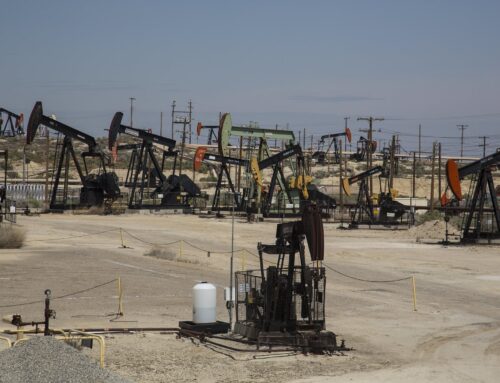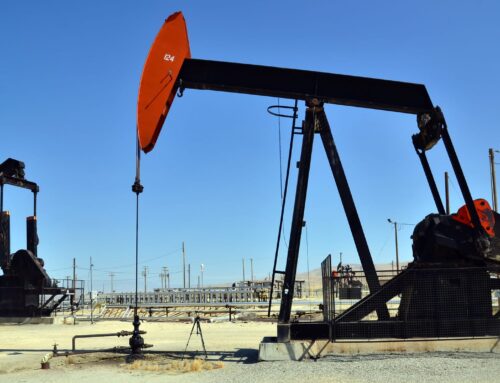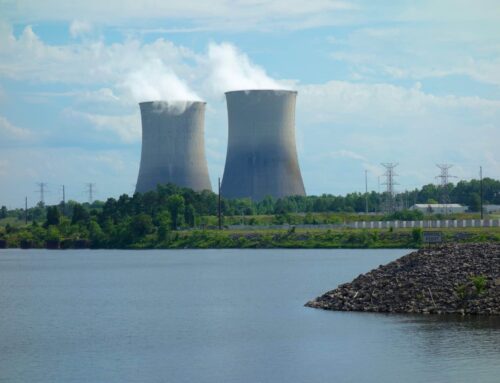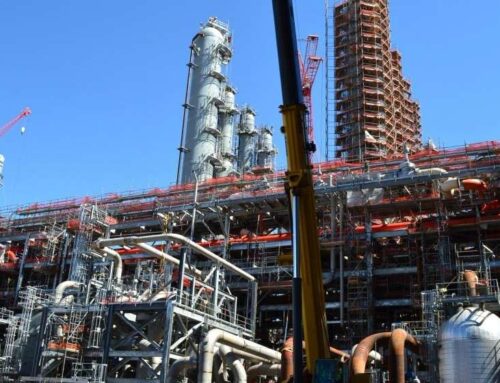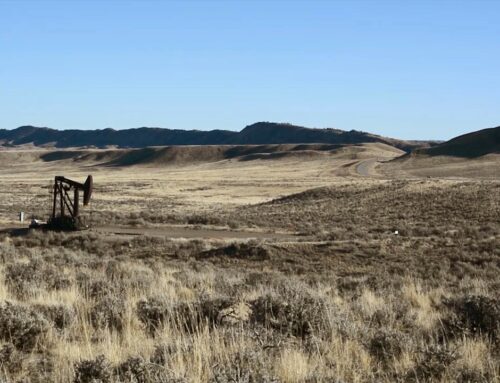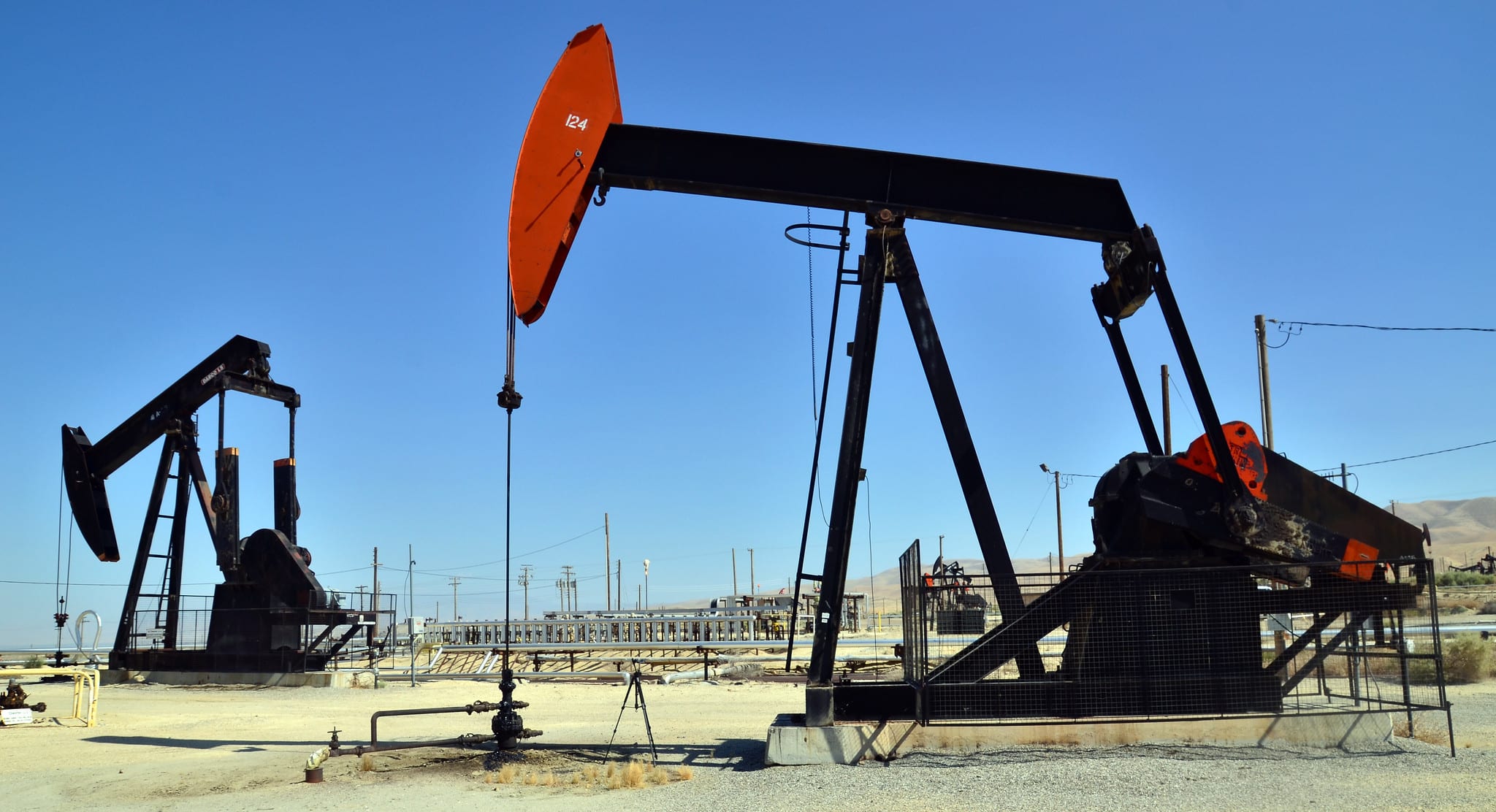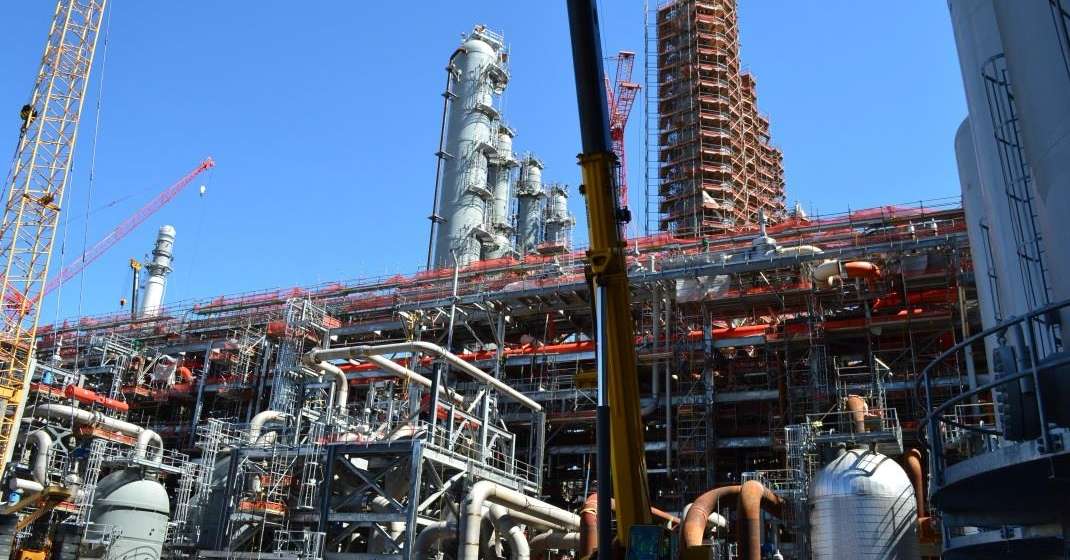View/Download this article in PDF format.
Coal-fired energy production is one of the oldest and most profitable industries in the world. Yet despite decades of success, the well-established coal industry remains on the federal dole. One of the latest batches of subsidies being discussed is to promote ‘supercritical’ coal-fired power plants, which use a specific type of boiler to burn coal more efficiently. Once relatively rare, today supercritical plants have not only become commonplace, but they have also been outdone by ‘ultra-supercritical’ plants that are now being built internationally. The federal government has no business subsidizing second-tier common technology and to do so would be fleecing the taxpayers.
Background
The first coal-fired supercritical boiler in the United States was built more than a half-century ago. As of 2011, the U.S. had 128 supercritical units operating at 71 different power plants with four proposed supercritical units for the future.
Supercritical and ultra-supercritical coal-fired boilers can be defined by the high pressures and temperatures at which they operate. Specifically, supercritical coal-fired boilers operate at 3,212 pounds per square inch (psi) or above and 705 degrees Fahrenheit or above, these being the conditions associated with the ‘critical’ state of water.
While a conventional boiler burns coal to boil water, generating steam to spin a turbine, the water in a supercritical boiler skips the boiling step entirely. A supercritical boiler increases pressure to at least 3,212 psi which in turn increases the temperature. At 705 degrees Fahrenheit, the ‘critical’ state of water is reached and a homogeneous “supercritical fluid” is created. The effect of such conditions is increased generating efficiency, or the ratio of power output per unit input. While a conventional boiler operates at roughly 36-38% efficiency or less, a supercritical unit generates power at approximately 40-42% efficiency. Moreover, an ultra-supercritical unit uses even greater pressures resulting in greater temperatures – above 1,000 degrees Fahrenheit and more than 4,400 psi – yielding even greater efficiencies as high as 48%. This also means less coal per megawatt hour produced—which results in reduced fuel costs and lower emissions. This is the reason many coal companies have already integrated supercritical units into their power plants and are reaping the benefits.
Technical Viability
Supercritical boilers must be equipped to handle levels of pressure that normal sub-critical units simply cannot withstand. They require stronger components than traditional boilers, as well as highly purified water – up to a thousand times more pure than what is typically used in sub-critical units. Accordingly, supercritical and ultra-supercritical units carry a higher price tag for both construction and operation, but studies by the Department of Energy (DOE) suggest that the difference in price is not prohibitive. Material costs for power plants integrating supercritical units are estimated to be a mere 2% greater than those for a similar sub-critical design. The robust market adoption of the advanced technology makes it clear that the efficiencies outweigh the costs.
| Table 1: Supercritical and Ultra Supercritical Coal | |||
|---|---|---|---|
| Type of Facility | Temperature | Pressure | Efficiency |
| Subcritical | < 705°F | < 3212 psi | 36-38% |
| Supercritical | > 705°F | > 3212 psi | 40-42% |
| Ultra Supercritical | > 1000°F | > 4400 psi | Up to 48% |
| Source: Department of Energy. “Coal-Fired Power Plants: Supercritical and Ultra Supercritical Boilers.” Accessed August 20, 2012. | |||
Proven Effectiveness
Supercritical boiler technology has become the standard for new or modified large-scale coal-fired power plants in the U.S. and abroad. “Supercritical technology has proven to be effective with virtually every type, configuration, and size of combustor,” says the Department of Energy.
Due to its increased efficiency and lower operating costs, the coal industry has developed a great amount of confidence in supercritical technology and has also led many utilities to seek upgrades to ultra-supercritical technology.
Another Handout to Big Coal
Congress has already provided millions in funding for supercritical projects. In 2001 DOE poured nearly $25 million into an eight year long materials research project for supercritical units. The goal of the project was to analyze the mechanical breakdown of supercritical units and use this information to develop new, more resilient components. The cost of the project was shared with nine energy companies including four boiler manufacturers, who sought to use the new technologies for their own future projects. However, each company contributed an average of less than a million dollars. That means for every dollar from the federal taxpayer, each company contributed a mere four cents. Similarly from 2009 to 2011, DOE footed the entire bill of nearly $6.3 million for a project to research materials for ultra supercritical facilities.
More than a dozen bills—with a wide range of Congressional co-sponsors—have been introduced to the House or Senate in the 112th Congress that would increase taxpayer support for the coal industry. A recent effort to get subsidies specifically for supercritical units came from former Rep. Geoff Davis (R-KY). In April 2012, Rep. Davis introduced H.R. 4826 which would make $1.25 billion in tax credits available to coal-fired supercritical projects.
Taxpayer Risk
Supercritical technology has been used for decades. Its reliability, efficiency, and cost-effectiveness have been widely demonstrated in the marketplace. Coal-fired supercritical energy producers have already benefitted from free R&D and a litany of federal subsidies; providing a new tax break for new and existing facilities is unnecessary.
Not only do these handouts increase federal deficits, but they are also market distorting and often counter-productive, carrying many unintended consequences. Congress should end coal subsidies now for an energy source that has had literally hundreds of years to develop.
For more information, please contact Autumn Hanna at (202) 546-8500 x112 or autumn [at] taxpayer.net.

